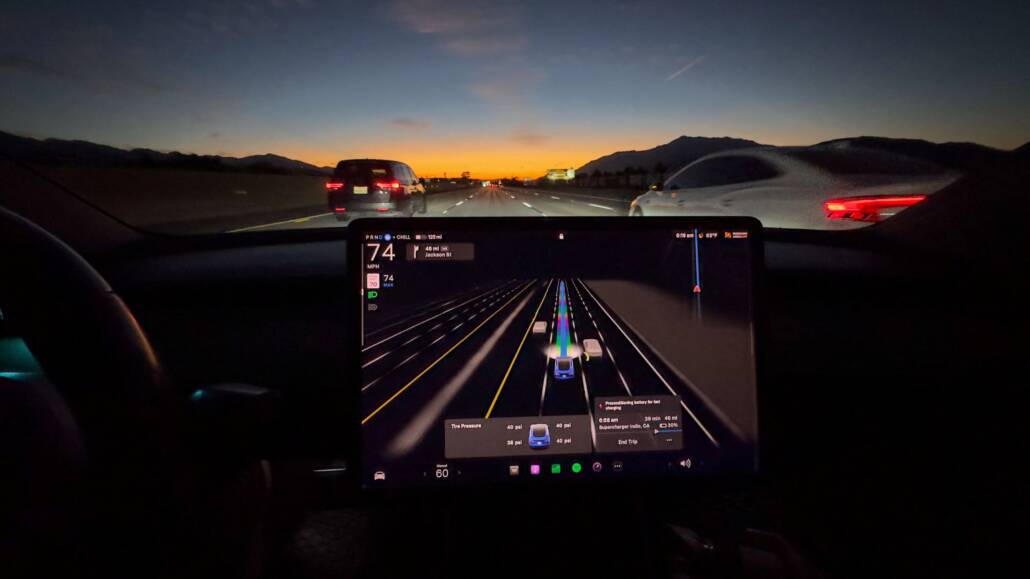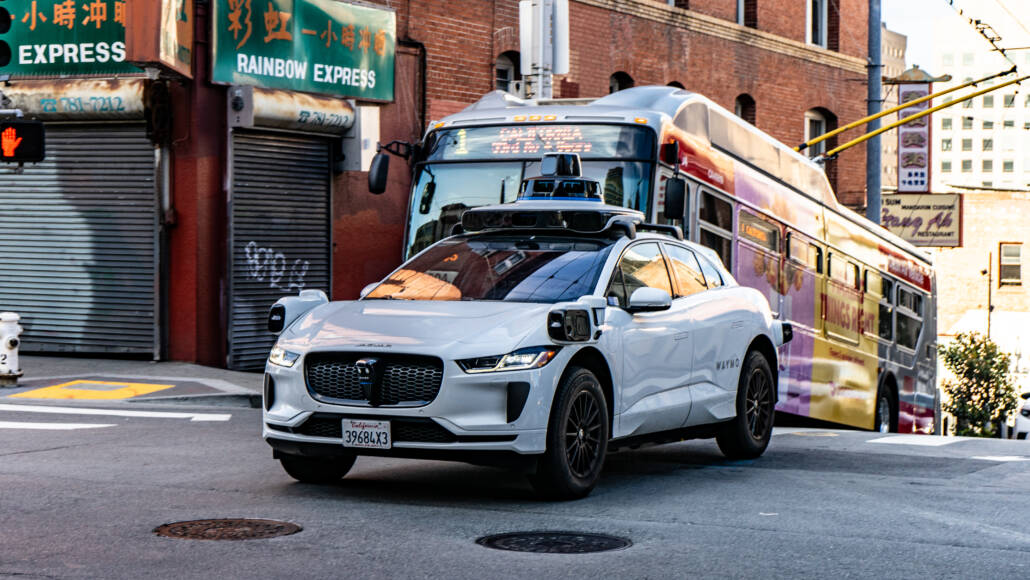A bike-first standard for “self-driving” claims
If an automaker wants to imply a car can drive independently, as certain manufacturers do with terms like “autopilot” and “full self driving” , the minimum requirement should include a high standard for safety around bicycles and other vulnerable road users, verified publicly. The League of American Bicyclists already outlines what competence for AVs looks like: treat cyclists as a distinct object class, expect the way we really ride (lane sharing, Idaho Stops, riding to give a wide berth to opening car doors), map bike infrastructure and laws, give us generous margins, slow down when uncertain, and continuously test against real cyclist scenarios.
Those principles should be codified. If a company markets “self-driving,” regulators should demand proof of safe operation around people riding bicycles. Can the system spot a rider in glare, rain, or riding around a parked van? Does it keep safe passing distance and speed? How does it handle a bike box, the end of a protected bikeway, or a weaving child? What happens when it isn’t sure? Companies should publish scenario libraries, pass/fail rates, and anonymized footage – because if they want trust, they should earn it where the stakes are highest: at the edge of the lane, the corner, and the door zone.

Clearing the language
Part of the problem is hype. Tesla’s own filings admit that “Full Self Driving (Supervised)” is a driver-assist system, not autonomous driving. The company tells shareholders it plans for a robotaxi business “eventually,” but today it is solidly Society of Automotive Engineers (SAE) Level 2: the car can steer and accelerate, but the driver must remain fully engaged. Tesla’s product page is even plainer: “Currently enabled features require active driver supervision and do not make the vehicle autonomous.”
Meanwhile, companies such as Waymo actually operating driverless services describe their tech as SAE Level 4, the tier where the system is the driver within a defined service area. In other words: no human monitoring from the front seat when the service is active.
The policy landscape is a patchwork by design
At the federal level, NHTSA’s Automated Driving Systems 2.0: A Vision for Safety is voluntary guidance; helpful, but not enforceable. It explicitly notes there’s no compliance requirement and offers best-practice checklists and advice to states. That’s an invitation to inconsistency.
States have filled the vacuum, producing a map of overlapping rules, pilot programs, and efforts to establish common understanding, but have fallen short of a shared definition or standardThe National Conference of State Legislatures documents dozens of enactments and executive orders that underscore just how varied the approaches are.
One bright line in California: Vehicle Code §24011.5 (SB 1398) bars manufacturers and dealers from naming or marketing SAE Level 2 features in ways that would lead a reasonable person to believe a vehicle can drive itself. It also requires a clear, plain-English notice of functions and limitations at sale or software update. That’s the floor for truth-in-advertising; it says don’t mislead, not prove you keep people biking safe.
Sacramento has been probing the broader claims: a California judge recently let Tesla drivers pursue a class action over alleged self-driving marketing—another sign that courts and regulators are sharpening scrutiny.

Clearing the language: stop conflating assistance with autonomy
A multi-stakeholder “Clearing the Confusion” coalition (AAA, Consumer Reports, J.D. Power, National Safety Council, PAVE, SAE) already recommends universal, function-based names for driver-assistance features to cut hype and misuse. Adopting these terms is a fast way to detox the discourse around “self-driving” and help buyers understand that Level 2 assists an engaged driver.
California’s SB 1398 points in the same direction with no more suggestive labels for partial automation but it stops short of performance-backed cyclist safety claims. That’s the next step.
The future we choose
Autonomous vehicles will reshape transportation as profoundly as the arrival of the automobile a century ago. Left unchecked, they could mean more traffic, less transit, and threats to the limited space we’ve carved out for walking and biking. Done right, they could reduce car dependence, expand affordable mobility, and reclaim urban land for housing and bikeways.


